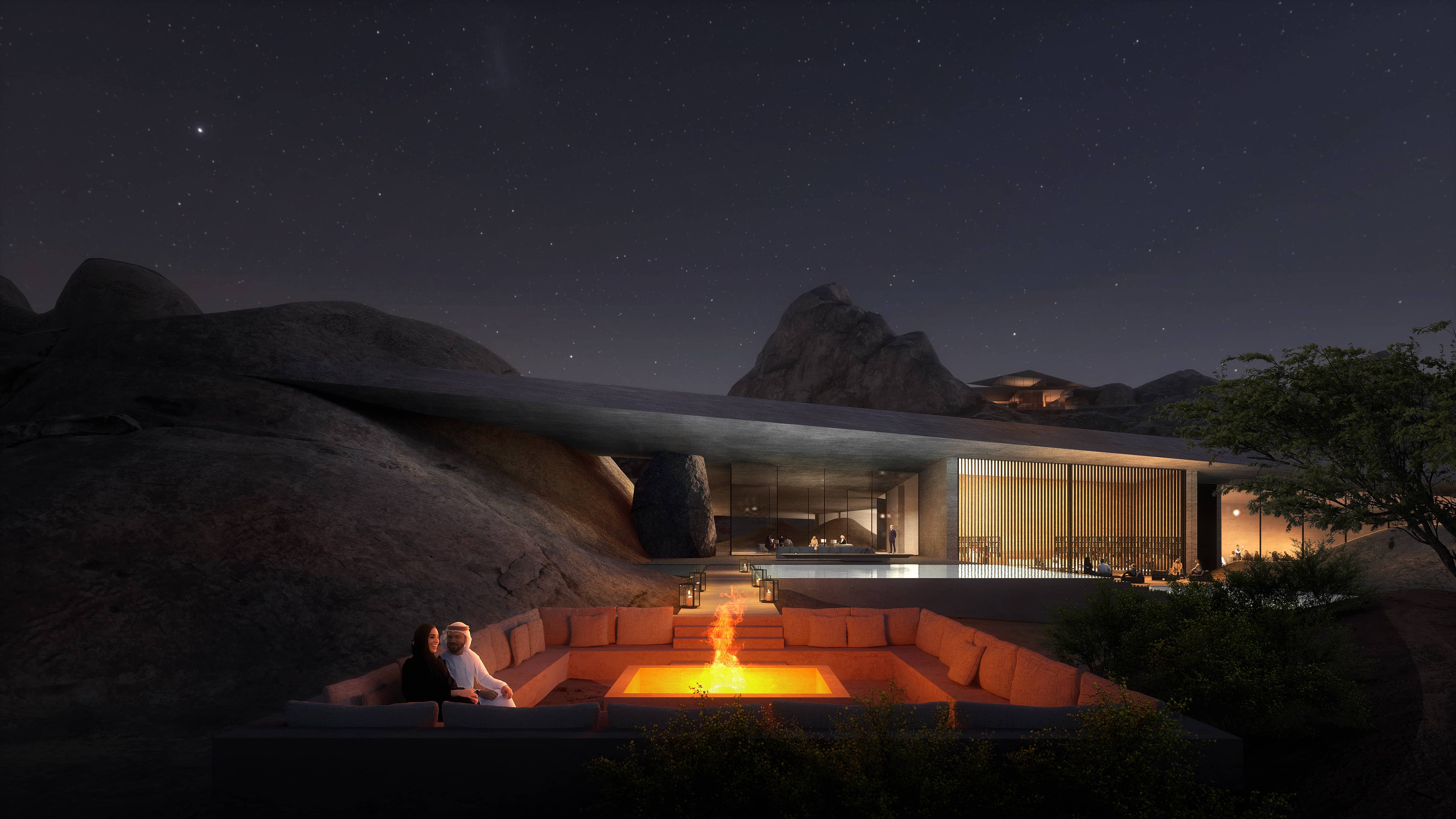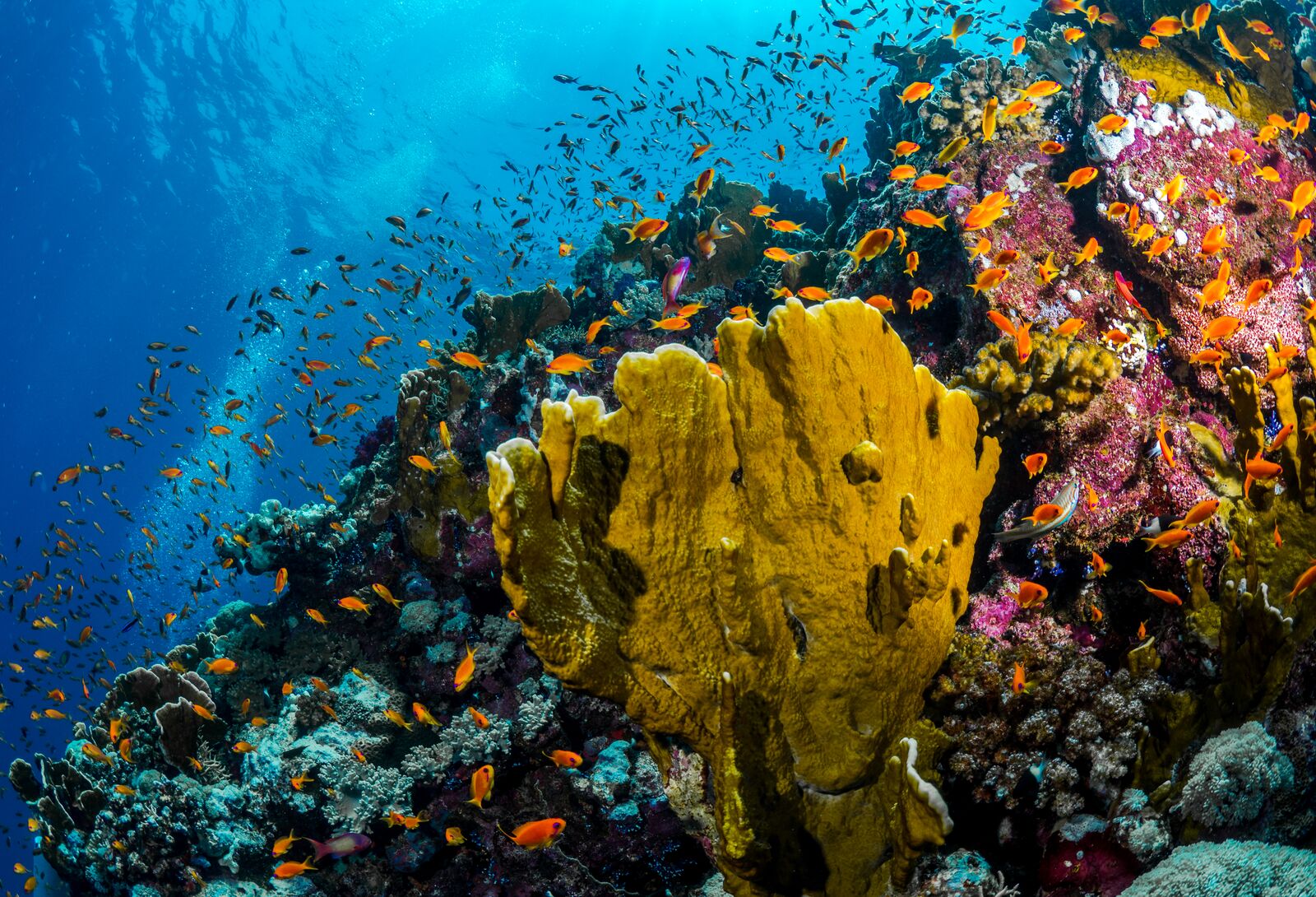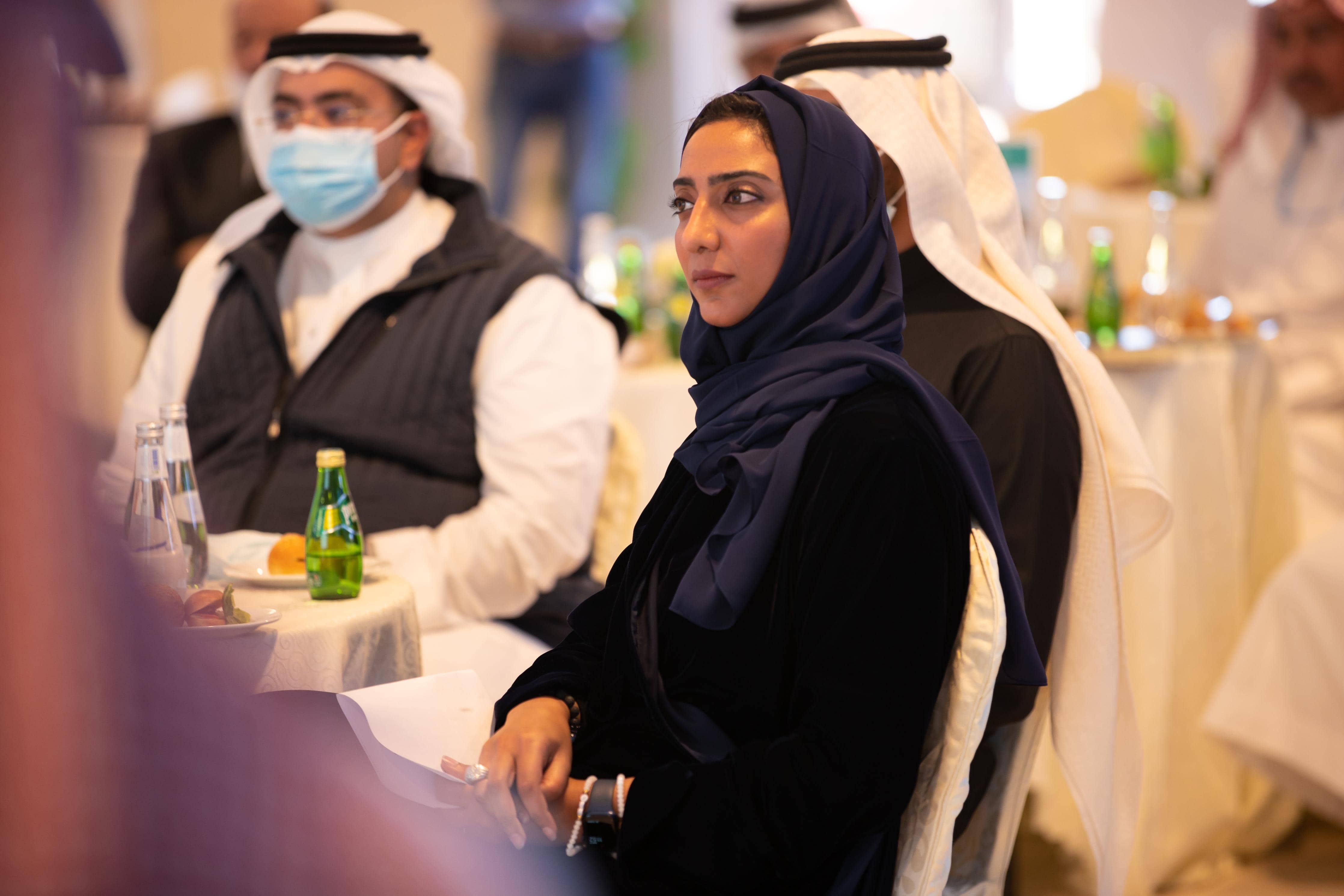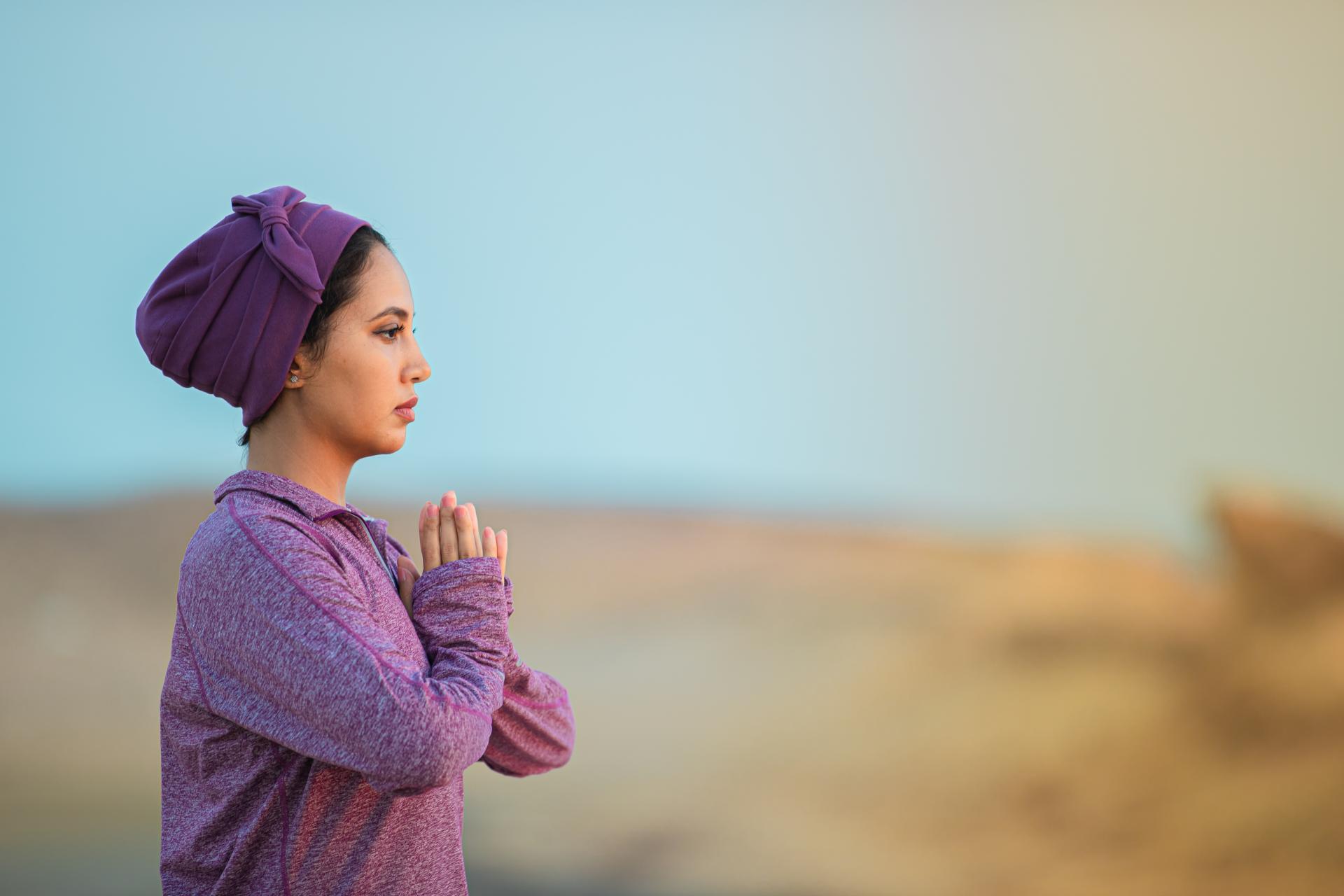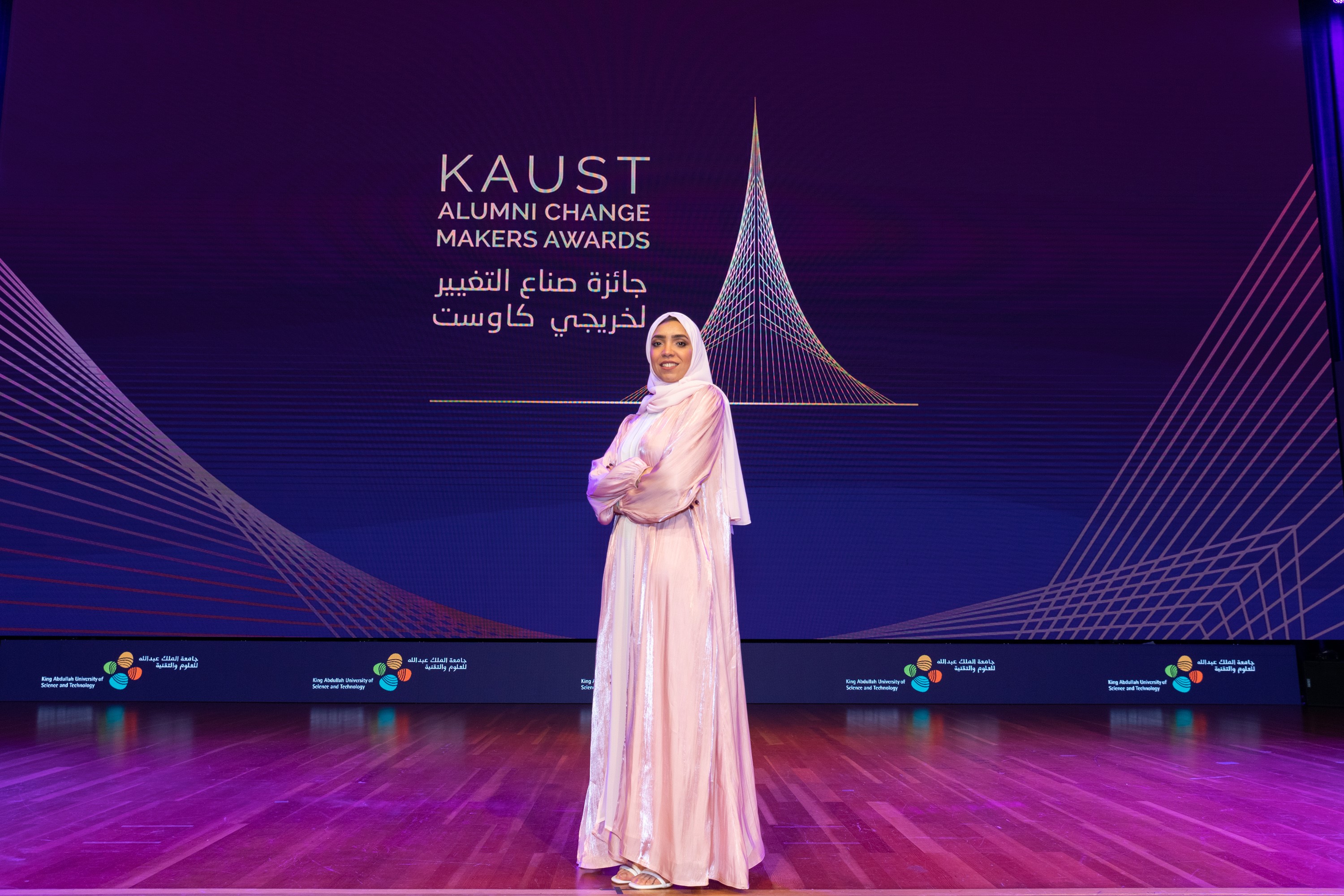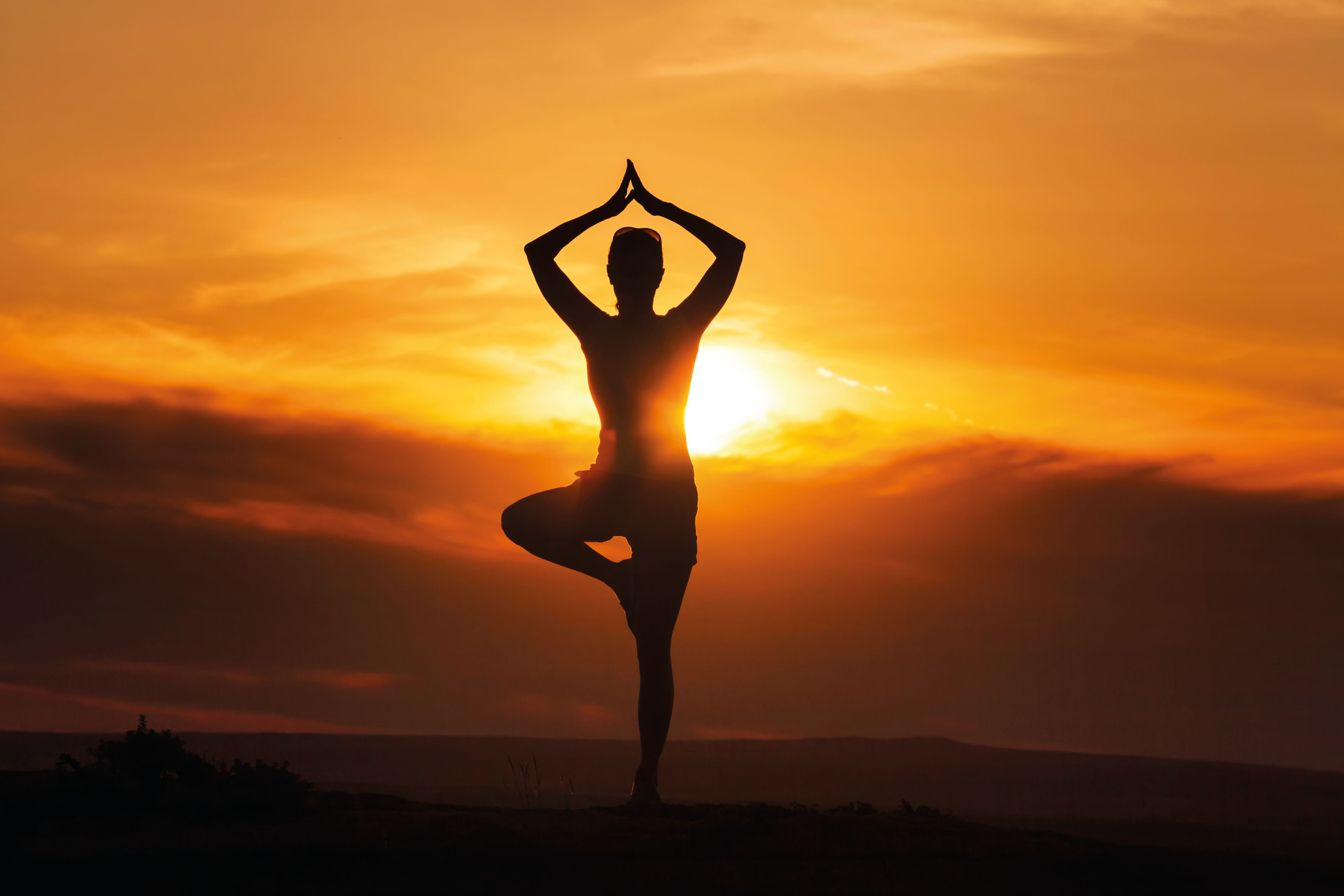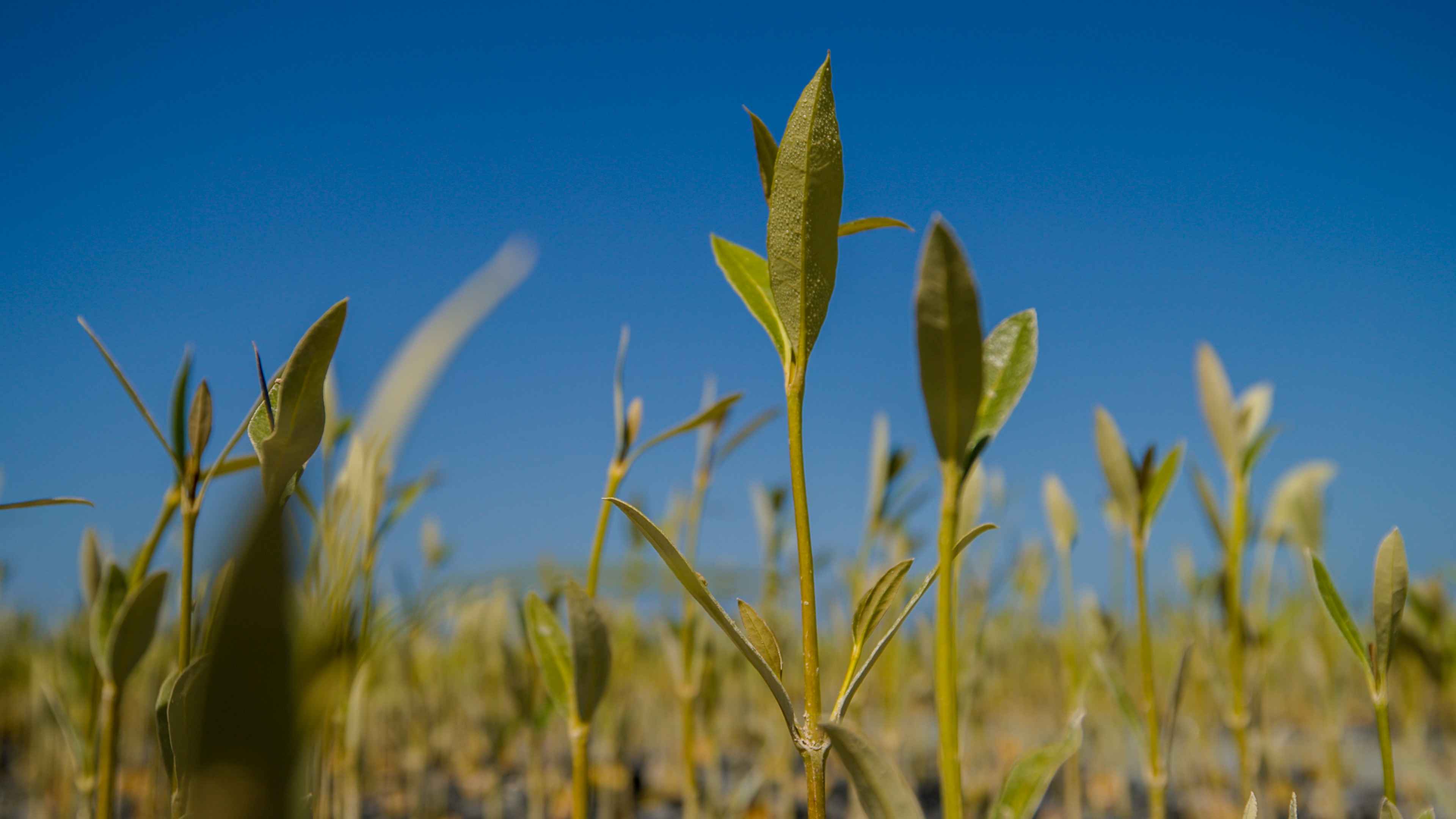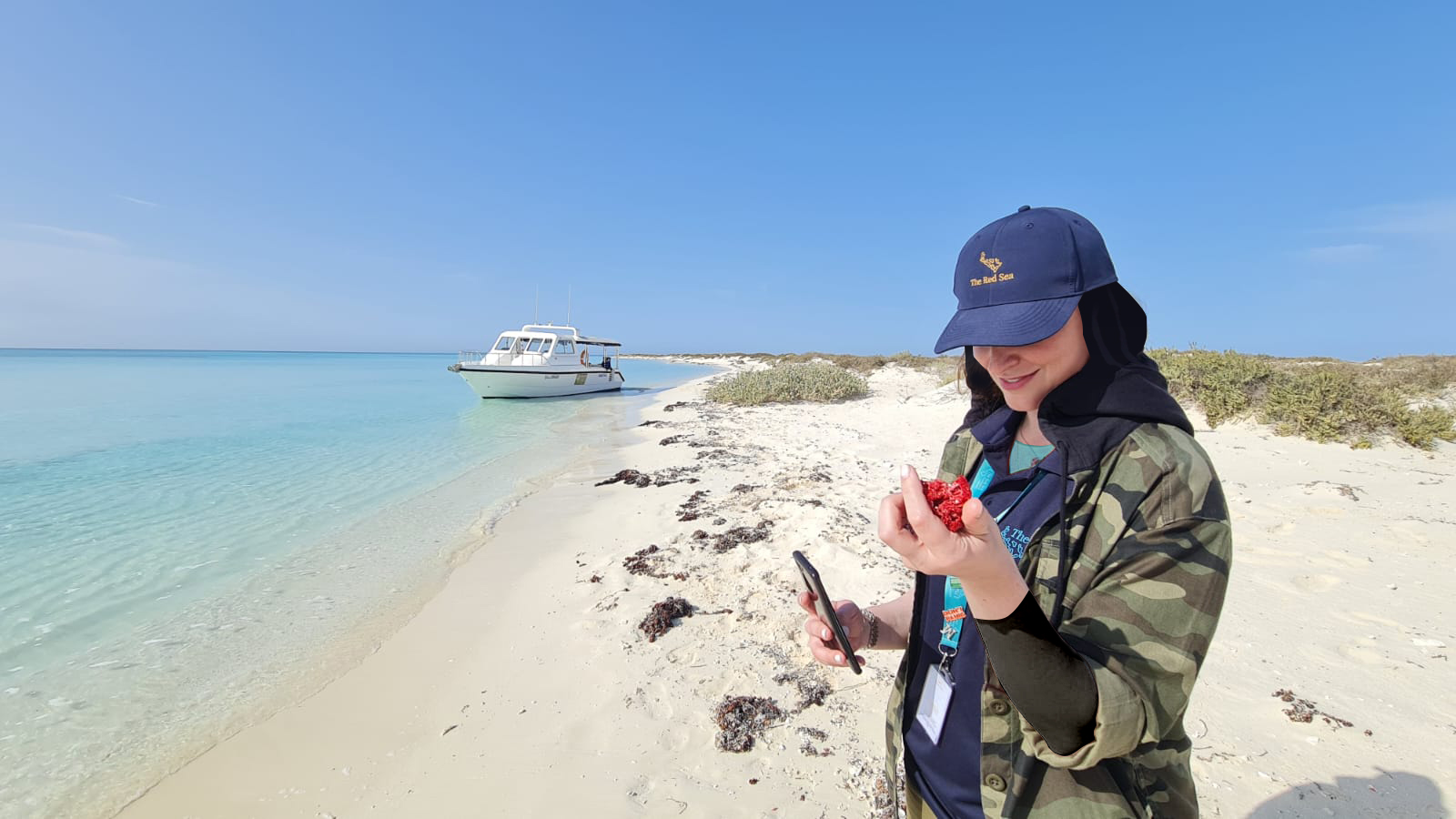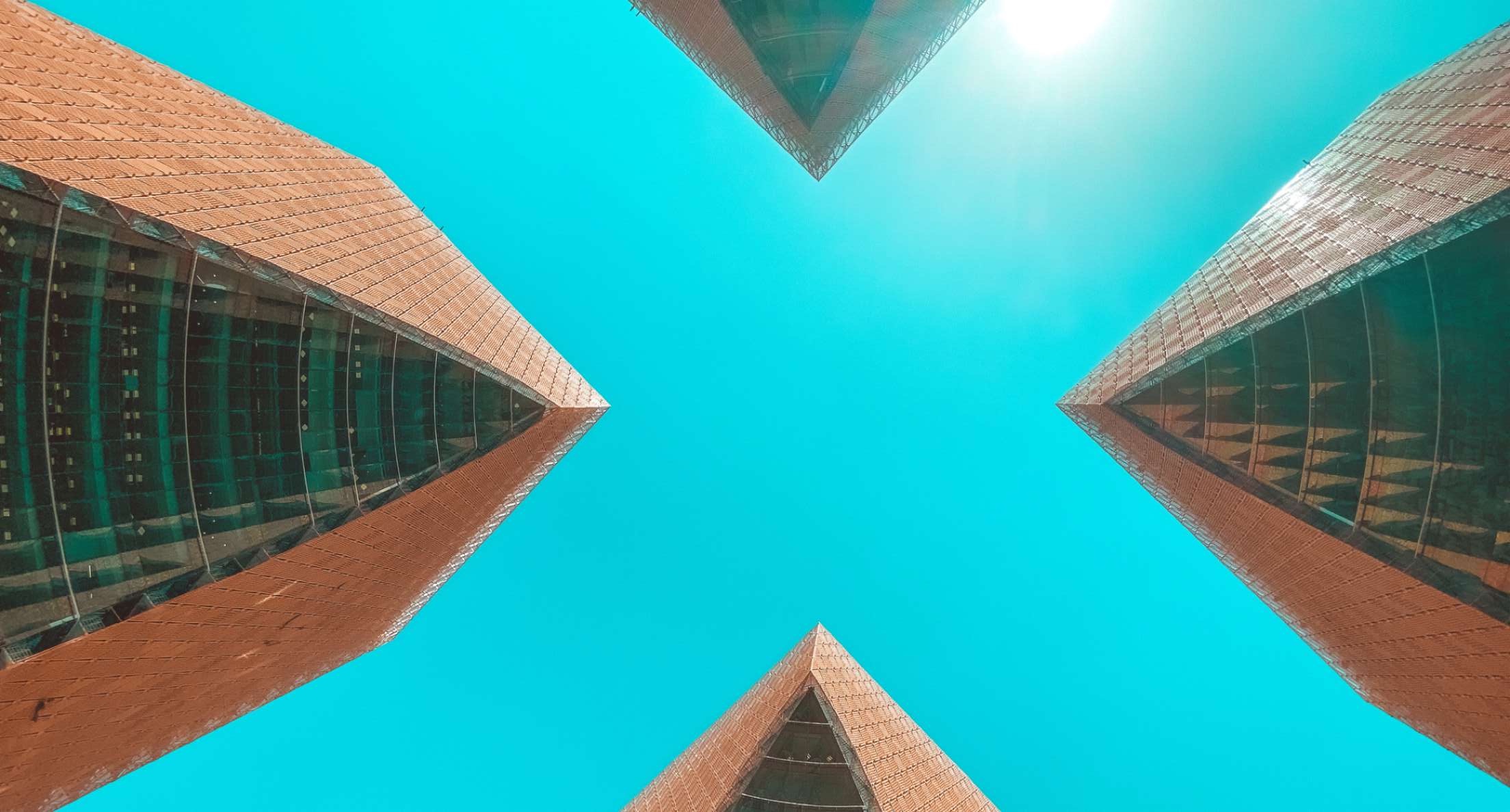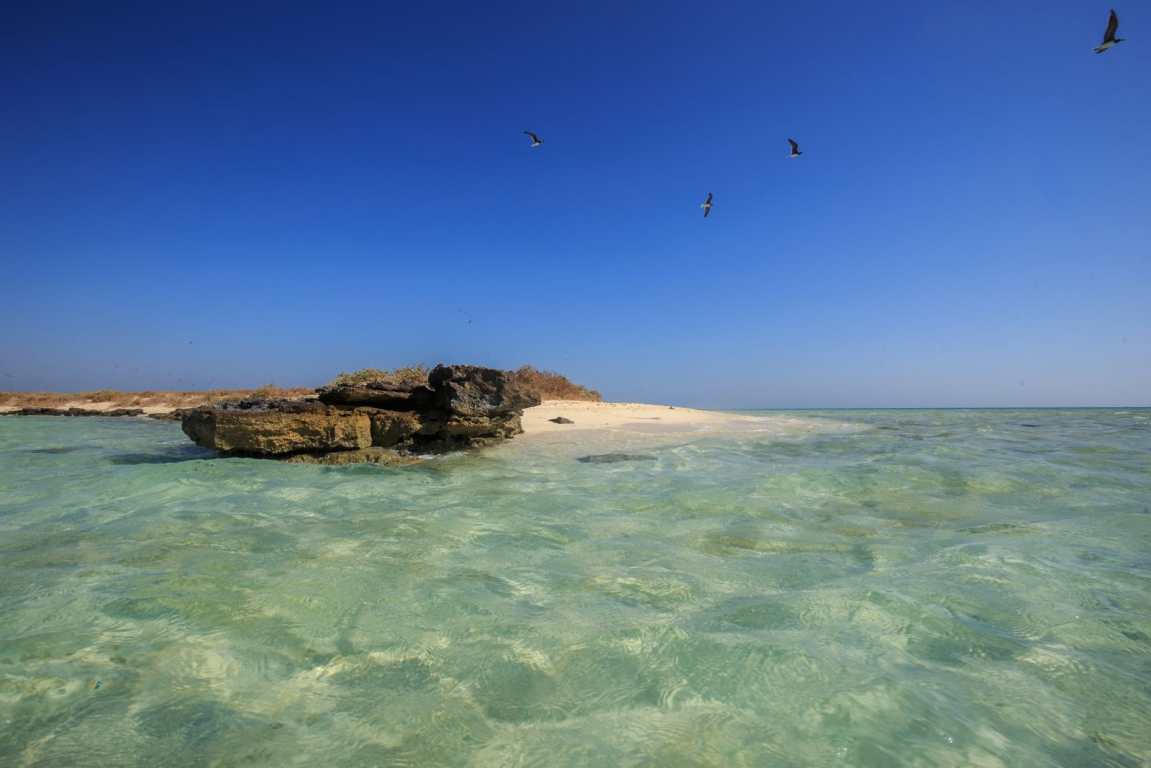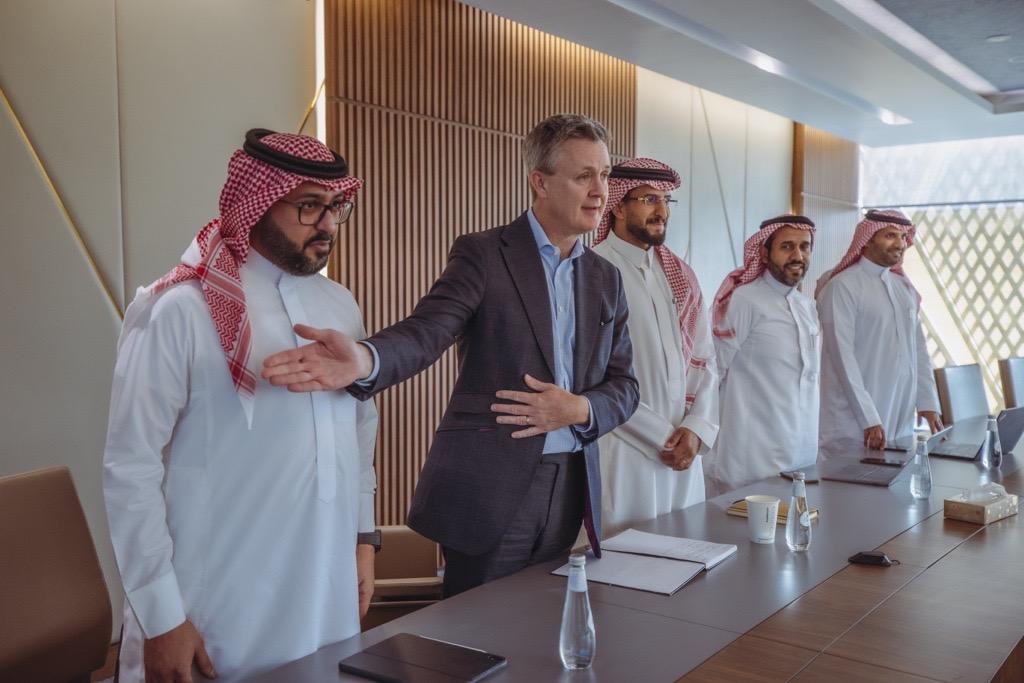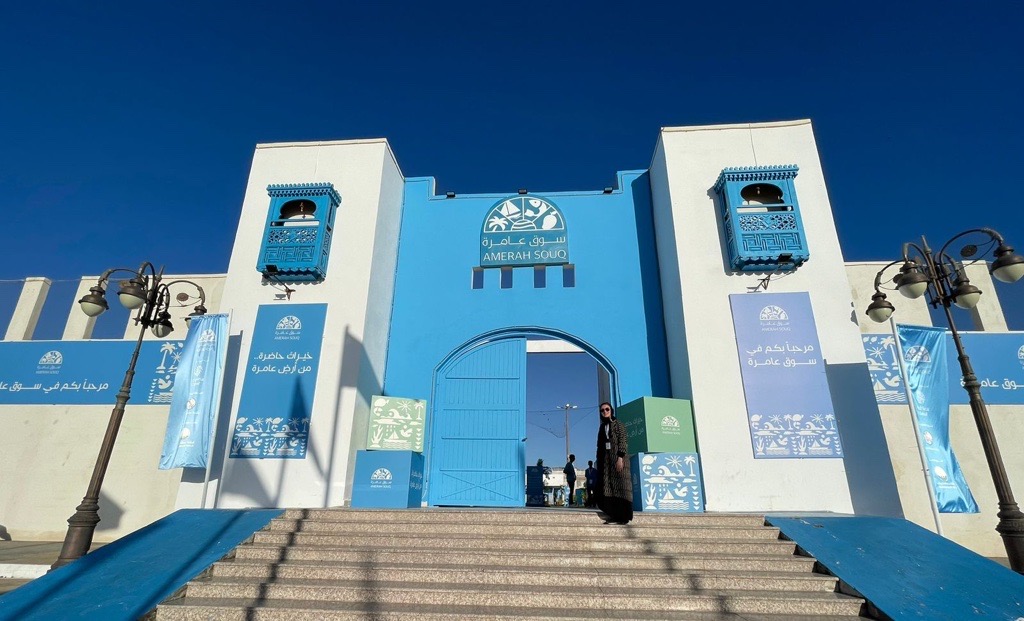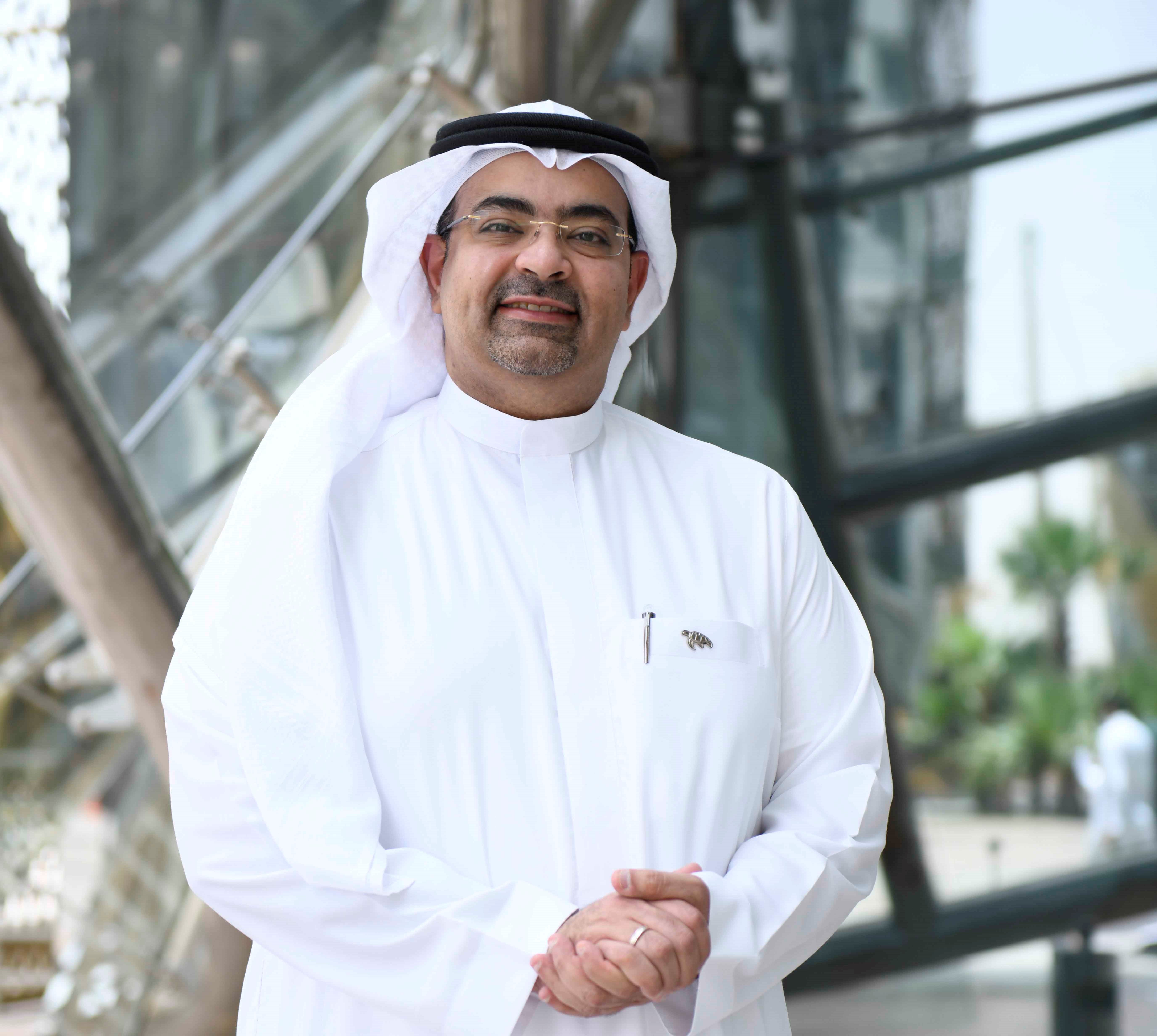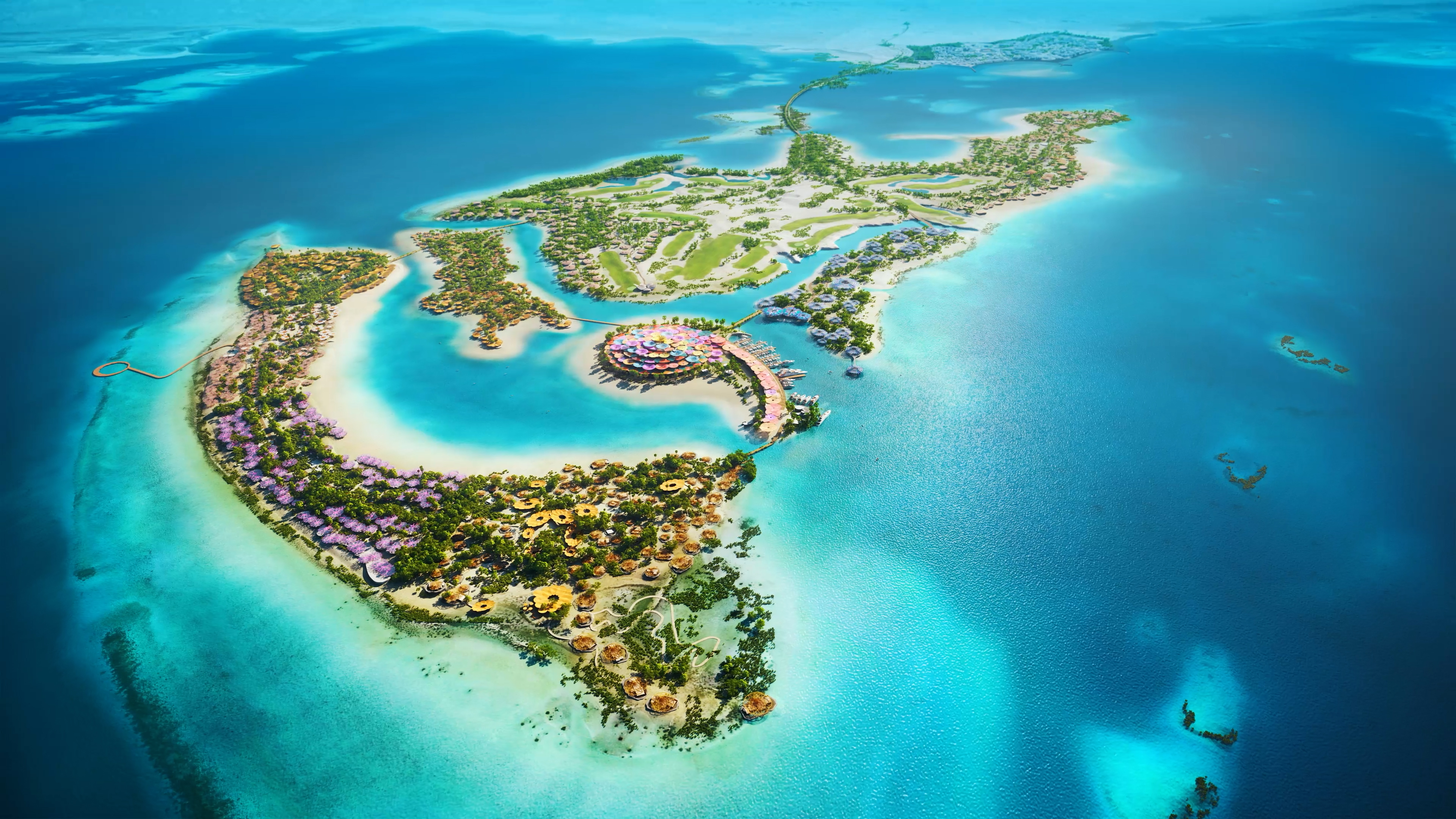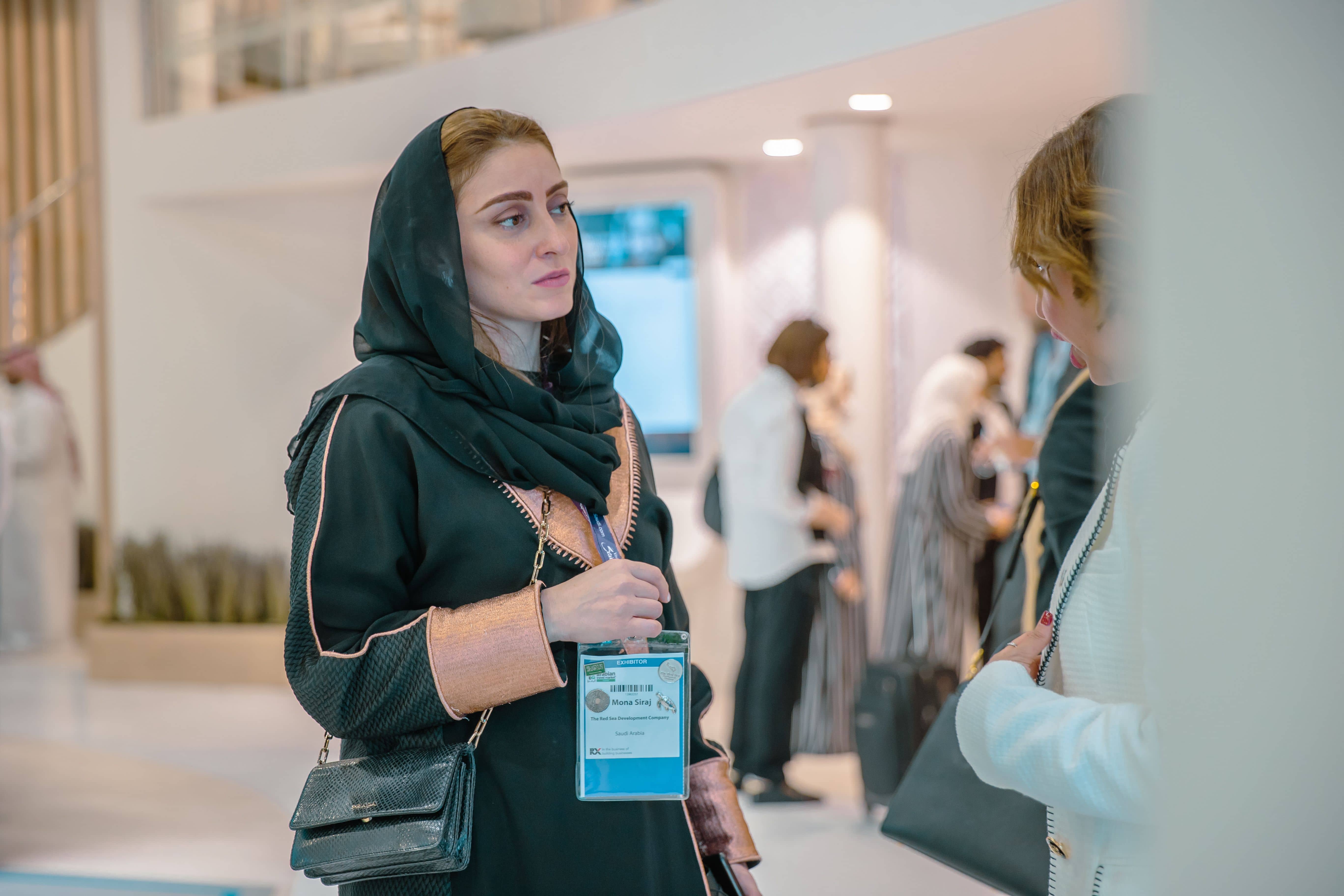Mitigating the threats of light pollution
By Myriam Patricia Lopez Yanez, Director of Lighting Design at Red Sea Global (RSG)
Light is constantly all around us, with artificial sources beaming from our homes, workplaces, lamps, laptops, torches and phones. The subtle glow of these lights are creating unnoticeable threats to our wildlife, the ecosystem and even ourselves. At The Red Sea Development Company (TRSDC), we take this matter extremely seriously, which is why our team are working around the clock to ensure our 28,000km2 destination is implementing a lighting strategy that protects the environment at all costs. In fact, we are aiming to become one of the largest Dark Sky Reserves in the world, certified by the International Dark Sky Association (IDA), unlocking the breathtaking and beautiful stars that paint the night sky.
Biodiversity Implications
Light pollution comes in many, and sometimes hidden forms, which is why it is arguably not receiving the global attention it truly deserves. Yet, its detrimental effects can be seen worldwide. The Red Sea Project is home to some of the world’s most unique marine species and endangered wildlife, so we’re acutely aware that the region’s biodiversity is an important part of what makes it such a special destination.
Many animals, such as birds, turtles and insects are naturally photoperiodic, meaning their behavior responses change due to daily, seasonal or yearly cycles of light and darkness. This affects everything they do, from reproduction to eating and resting. Therefore, the amount of artificial luminaires that are introduced to their habitat can alter their natural cycles in a harmful way.
For example, sea turtles, such as the endangered Hawksbill Sea turtle that calls our destination home, are extremely reliant on natural light for reproduction, movement and eating. When turtles hatch at night, they are also guided by the light of the moon to reach the water. Unfortunately, many beaches around the world are set ablaze with harsh, LED lights from beachfront cafes, restaurants and bars, meaning the turtles are led to the roadside instead of the ocean.
Effects on Humans
The artificial glare of of luminaires produces a glow over urban areas and cities too, as many populated locations continuously strive to be always alight. As a result, the sky is slowly losing its visible bright stars and moon, meaning people may not get to see the true beauty of the night sky. Astronomers have even recently had problems reading and viewing activities in space because of this continued need for light on earth.
In Saudi Arabia, the nocturnal environment is extremely important to us and our heritage. For centuries, Bedouins and pilgrims have relied on the night sky to light their path through the desert, and this is why we want to ensure that our guests and future generations have access to this special experience too. By offering night-time stargazing trips and excursions, we want to give visitors something that is no longer easy to find – intimate access to the beauty of a clear night sky.
What TRSDC is doing to ‘embrace darkness’
TRSDC understands the importance of embracing the natural flow of sun and moonlight in order to protect our beautiful ecosystem and deep heritage. Through our Dark Skies accreditation and in collaboration with Cundall, an international multi-disciplinary consultancy, we have developed an innovative lighting strategy that will provide enough sustainable lighting for safe movement around the site, whilst meeting the stringent International Dark Sky criteria.
Every partner, from hotel brands to construction companies, will need to comply with our Dark Skies principles, a set of strict guidelines that have been produced to ensure the sky and environment are not harmed during construction and when our guests arrive. For instance, all light on buildings, paths and roads will have to be aimed downwards, and have controlled optics so no light can escape to the sky, and all lighting across the destination will be warm and amber lighting, as white, blue or LED lights are harsher for the sky.
All luminaires will be controlled using TRSDC’s smart controlled systems; every outdoor light will be linked to a geographical timer, allowing the light to change by the seasons and height of the sun. This is to of course protect the environment, but we also want our guests to experience a special atmosphere and experience the beauty of the destination at night.
And to go that one step further, TRSDC is working closely with the International Dark Skies Association (IDA), a non-profit organization that gives certification to certain cities that comply with Dark Skies principles, to educate neighboring cities and communities around the destination on light pollution hopefully certify them in the future.
Addressing the misconceptions
Safeguarding the nocturnal environment at The Red Sea Project and surrounding area is no small task, but it is one that couldn’t be more important. It can be hard to measure and be aware of the disastrous effects of light pollution, but this doesn’t mean we should ignore it. We need to educate each other, work and learn with specialists and ensure we are doing all we can to protect the beauty of our skies for generations to come.
About Red Sea Global
Red Sea Global (RSG - www.redseaglobal.com) is a closed joint-stock company wholly owned by the Public Investment Fund (PIF) of Saudi Arabia. It is a vertically integrated real estate developer with a diverse portfolio across tourism, residential, experiences, infrastructure, transport, healthcare, and services. This includes the luxury regenerative tourism destinations The Red Sea, which began welcoming guests in 2023, and AMAALA, which remains on track to welcome first guests in 2025. A third destination, Thuwal Private Retreat, will open this year, and RSG has also been entrusted with refurbishment works at Al Wajh Airport, focused on upgrading the existing terminal and infrastructure, and building a new international terminal. RSG is a cornerstone of Saudi Arabia’s ambition to diversify its economy. Across its growing portfolio of destinations, subsidiaries, and businesses, RSG seeks to lead the world towards a more sustainable future, showing how responsible development can uplift communities, drive economies, and enhance the environment.
RSG is the visionary company behind some of the world’s most ambitious
development ventures, including luxury regenerative tourism destinations
such as The Red Sea and AMAALA.
Across its portfolio, RSG leverages the most innovative concepts,
strategies, and technologies to deliver projects that actively enhance
the wellbeing of customers, communities, and environments.



